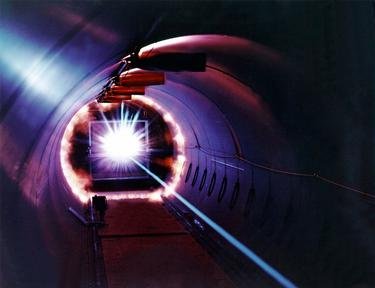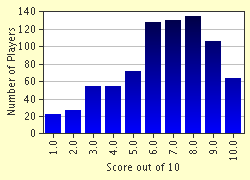Quiz Answer Key and Fun Facts
1. According to The Standard Model, all that exists is composed of two varieties of fundamental particles. What are the commonplace, prosaic names given to these two categories of particles?
2. According to The Standard Model, despite there being more than 200 identified subatomic particles, these particles are formed from a very limited number of fundamental particles. Which of the following is a complete listing of all the fundamental matter particles? (Hint: symmetry is beautiful.)
3. There are six quarks, and they have been named up, down, top, bottom, charm and strange. What do we call the particles that quarks combine to form? (Hint: they HAD to call them something.)
4. Quarks have a property of "color" that limits the ways in which they can combine. They can combine in groups of three quarks with the proper "color" balance, or they can combine in twos - one quark and a corresponding anti-quark. Guess the special names for the three quark and two quark combination particles, respectively, and then you can carry on.
5. The six leptons come in two kinds, charged and uncharged. There are three varieties of charged leptons, each with a corresponding neutrino. Which of the following is not a charged lepton?
6. According to The Standard Model, all the forces in nature result from some combination of three types of interactions. Which of the following is NOT one of the three fundamental interaction types?
7. The Standard Model accounts for particle interactions on the basis of exchanges of force particles. In the case of electromagnetic interactions, which force particle is exchanged? (Hint: the correct particle can be "light" in more than one sense.)
8. The positive charges of the quarks within protons in atomic nuclei repel one another, and yet the strong force "glues" them together. What is the force particle exchanged in strong force interactions within the proton?
9. When particles decay, it is the electroweak force that is involved. Which of the following particles is not a mediator of the electroweak force? (Hint: remember, the subatomic world favors symmetry.)
10. The final type of interaction is gravitational. Is it true that The Standard Model can account fully for gravitational interactions?
Source: Author
uglybird
This quiz was reviewed by FunTrivia editor
crisw before going online.
Any errors found in FunTrivia content are routinely corrected through our feedback system.

